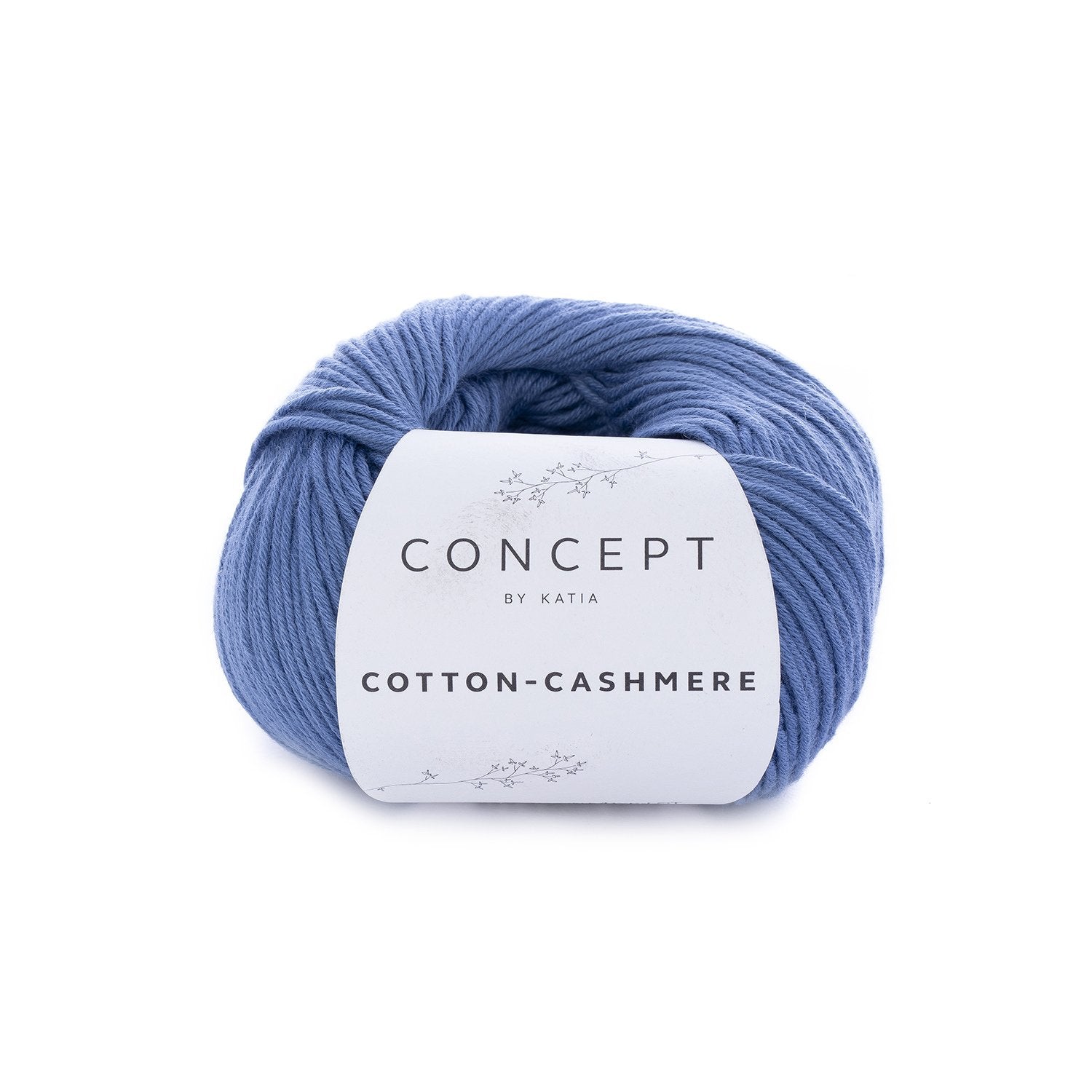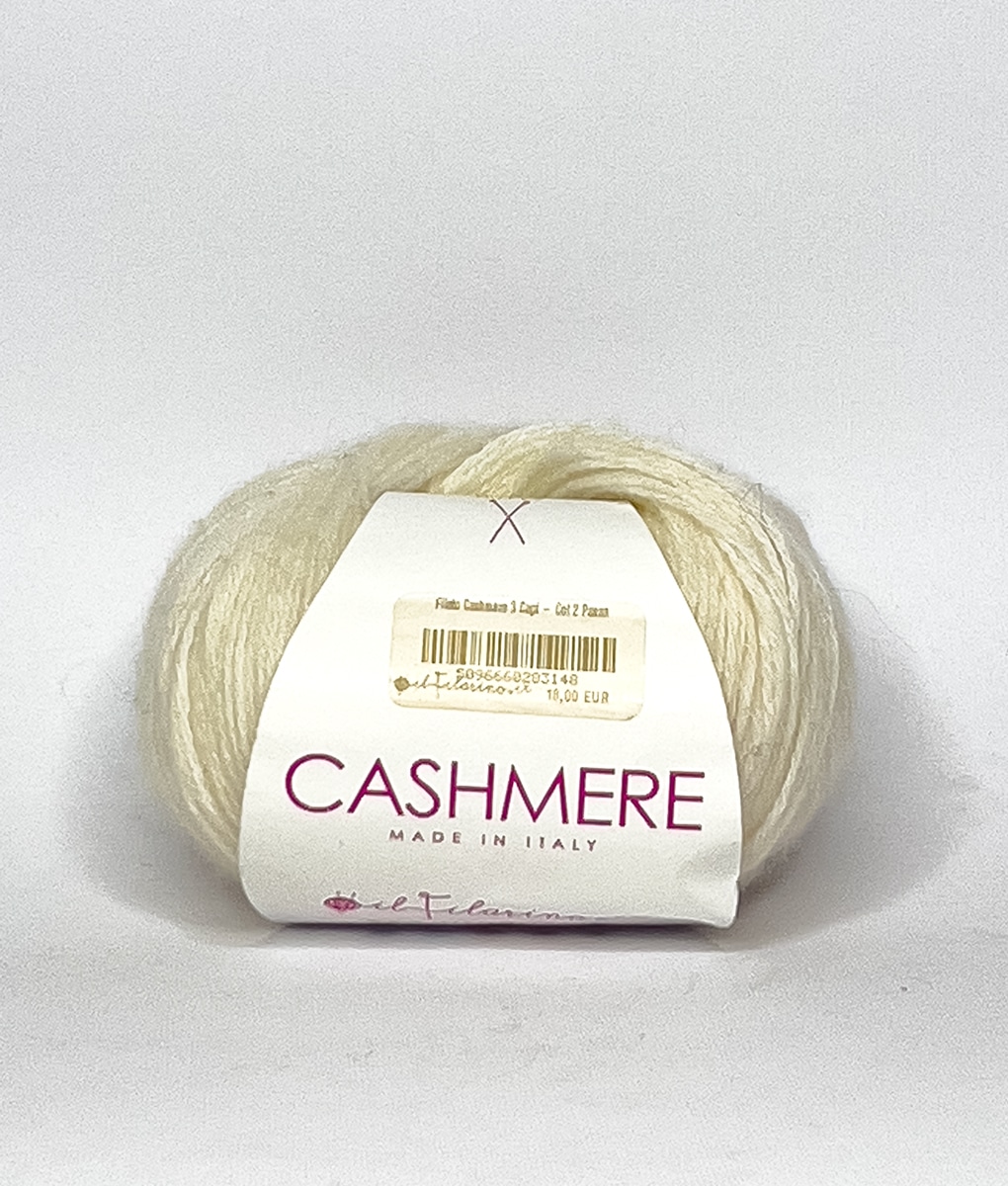Exploring the History of cashmere and Its Role in Contemporary Fashion
Exploring the History of cashmere and Its Role in Contemporary Fashion
Blog Article
Discover the Attraction of Cashmere a Natural Fiber: Why It's a Must-Have in Your Closet
The appeal of cashmere, a high-end natural fiber, goes beyond simple aesthetics. From discussing its appealing origin to comprehending its manufacturing high quality, care, and process, it's worth exploring why cashmere holds such an unique place in the globe of fabrics.

The Beginning and Background of Cashmere: A Quick Introduction
While lots of may check out cashmere as a straightforward luxury, its history is steeped in rich social tradition. Originating from the Kashmir region in India, cashmere woollen has been generated for thousands of years. The fiber is acquired from the soft undercoat of cashmere goats, collected during their molting season. As a priceless commodity, it was traded along the Silk Road, ending up being very valued in Europe in the 18th century. The name 'cashmere' is an old English derivation of Kashmir. In spite of its global appeal, the majority of cashmere production still remains in Asia, especially China and Mongolia. This historical journey highlights the social value of cashmere, transforming it from a local specialty to a global luxury.
Recognizing the Unique Features of Cashmere Fiber
Cashmere, renowned for its unique features, attracts attention in the globe of fabrics. This glamorous fiber is exceptionally soft, offering a comfortable and comfy feel unlike any kind of other. It is dramatically warmer than woollen, making it an ideal option for winter months garments. Despite its heat, cashmere is remarkably lightweight and does not include unneeded bulk. This all-natural fiber is also known for its durability. While various other materials may wear down with time, cashmere maintains its top quality, ensuring resilient wear. Ultimately, cashmere possesses an unique visual appeal. Its gentle radiance and beauty make it a staple in high-end style. Comprehending these buildings clarifies why cashmere is not simply a luxury, however a worthwhile investment for any closet.

The Process of Making Cashmere: From Goat to Garment
To appreciate the elegant residential or commercial properties of cashmere totally, one have to recognize its journey from the raw fiber to the finished product. The process begins with the cashmere goats, predominantly found in Mongolia, China, and Iran. The soft undercoat of these goats, gathered throughout their all-natural molting period in spring, gives the raw material. This delicate fiber is after that thoroughly divided from the coarser outer hair in a labor-intensive process called dehairing. The pure cashmere is then dyed, rotated right into thread, and finally weaved or woven into the coveted garments. Each action is meticulously executed to maintain cashmere's significant heat, gentleness, and resilience. This detailed procedure causes the creation of a really lavish fabric.

Translating the Quality and Price: Why Is Cashmere so Expensive?
The high cost of cashmere garments commonly leaves consumers questioning its justification. The cost stems mainly from the tough manufacturing procedure. is cashmere a natural fiber. Cashmere stems from the great undercoat of the cashmere goat, with each goat generating a simple 150 grams every year. The labor-intensive process of combing and accumulating the rare fiber considerably drives up the cost. The processing of raw cashmere needs both time and know-how, with the fibers requiring to be thoroughly sorted, washed, and spun. Additionally, the scarcity of pure cashmere, combined with its remarkable gentleness, heat, and sturdiness, validates its deluxe standing and high cost. These factors combined make cashmere a pricy yet very in-demand product on the planet of style.
Cashmere in Style: The Versatility and Ageless Charm
In spite of its high rate, the ageless allure and adaptability of cashmere have actually solidified its place in the world of style. The flexible nature of cashmere permits for its integration right into both informal and formal outfit, symbolizing its wide appeal. As patterns come and go, cashmere continues to be a constant, its allure undiminished, proceeding to inspire and form the style market's landscape.
Caring for Your Cashmere: Maintenance and Preservation Tips
Making certain the durability of cashmere garments calls for particular treatment and attention. These treasured belongings need to not be thrown into the washing is cashmere a natural fiber machine with routine laundry. Instead, hand cleaning with gentle, pH-neutral soap in warm water is suggested. After washing, they should not be wrung out. Rather, they need to be carefully pressed in between towels to take in excess water, then laid level to dry. Regular brushing with a cashmere comb can avoid pilling. Saving these items in an awesome, completely dry place, preferably in a breathable bag, can shield them from moths and humidity (is cashmere a natural fiber). A periodic airing outside, far from direct sunshine, can rejuvenate the fibers. With these upkeep and conservation ideas, one can guarantee their cashmere stays luxuriously soft and sturdy.
Final Thought
Cashmere, with its unparalleled soft qualities and heat, provides both high-end and durability. Its origin from the Kashmir area and precise manufacturing procedure contribute to its high-end charm and price. Its flexibility in vogue and enduring beauty make it a deserving financial investment for any closet. With correct treatment and preservation, cashmere garments can last for many years, supplying an one-of-a-kind mix of convenience, style, and quality. Discover the attraction of cashmere and raise your fashion collection.

Report this page